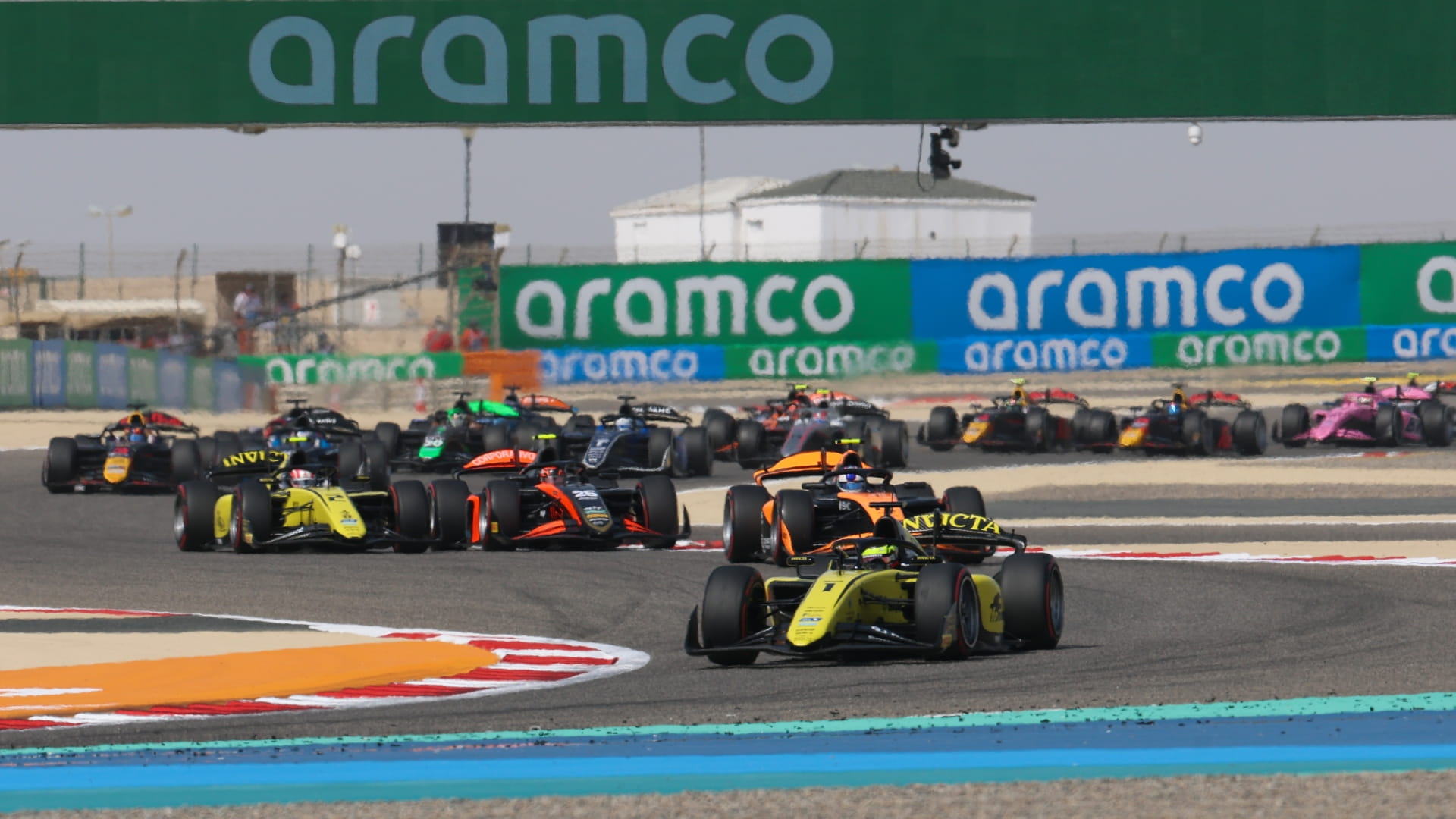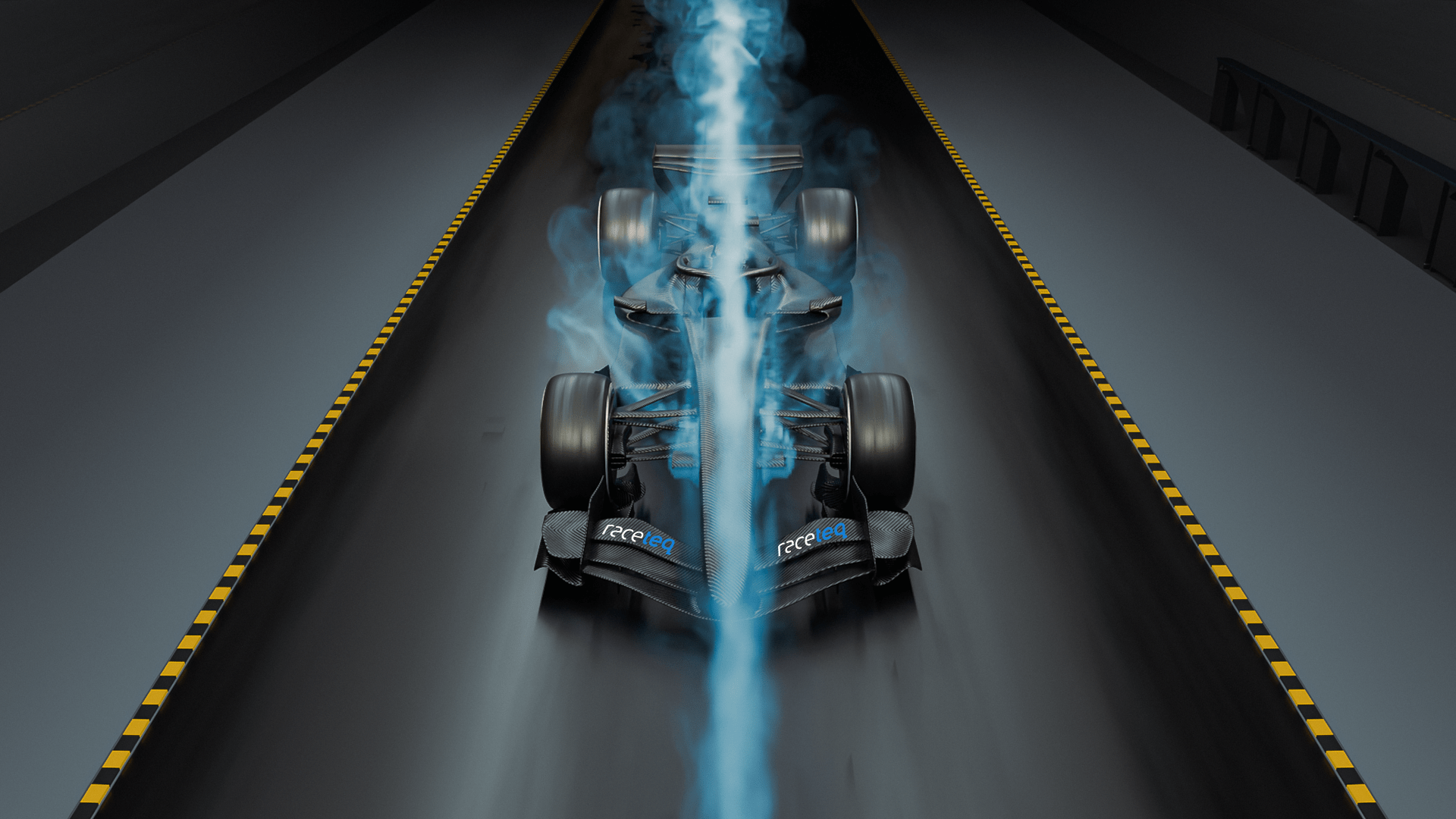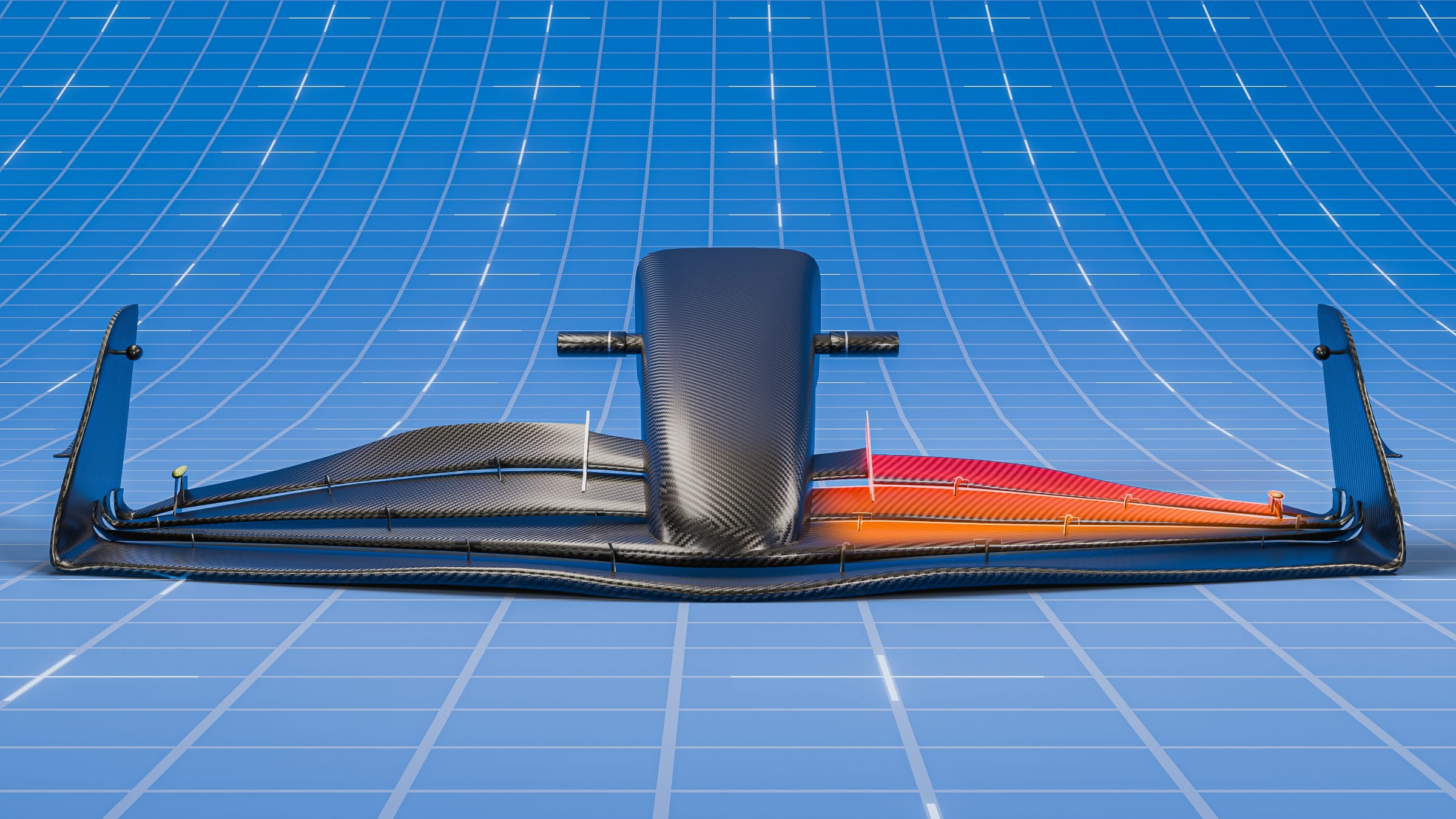Event
The Formula 1 engineer’s guide to the 2025 British Grand Prix at Silverstone
by Raceteq
5min read
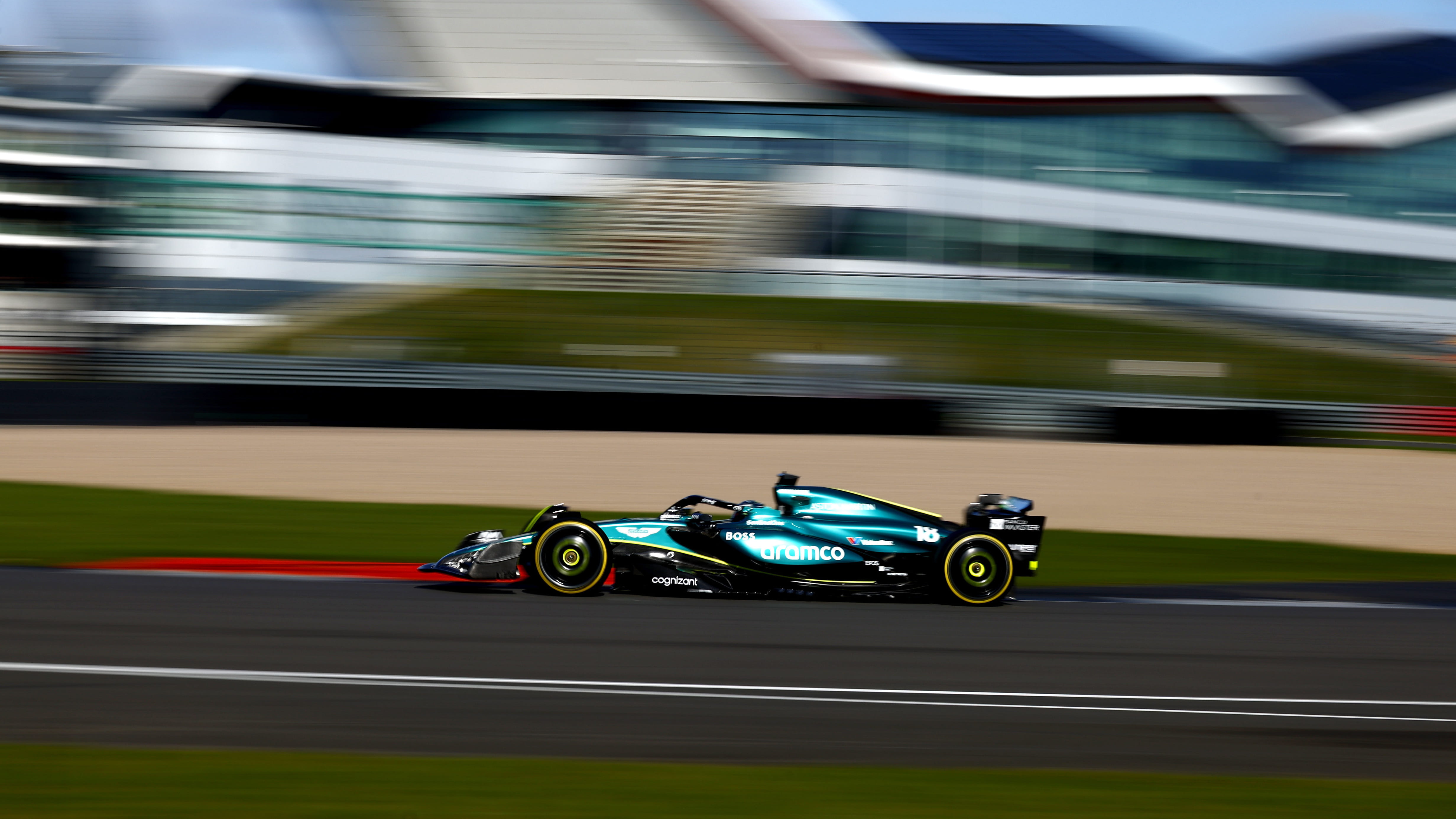
The Formula 1 grid returns to the circuit that hosted the very first World Championship grand prix 75 years ago. This is the 2025 British Grand Prix at Silverstone, and here’s an expert’s view on how to get the most out of this historic circuit.
A combination of long straights, high-speed corners and technical sections make up this circuit, which began life as an airfield before playing host to decades of F1 history.
Despite the high tyre loads generated by a lap of Silverstone, Pirelli has nominated a set of compounds that are one step softer than last year’s: the hard is the C2, the medium the C3 and the soft the C4.
Aston Martin Aramco Formula 1 Team deputy performance engineer Tim Wright sets out the specifics of Silverstone.
/12-gb25-preview-en-(2).jpg?cx=0.5&cy=0.5)
Pirelli's preview for the 2025 British Formula 1 Grand Prix
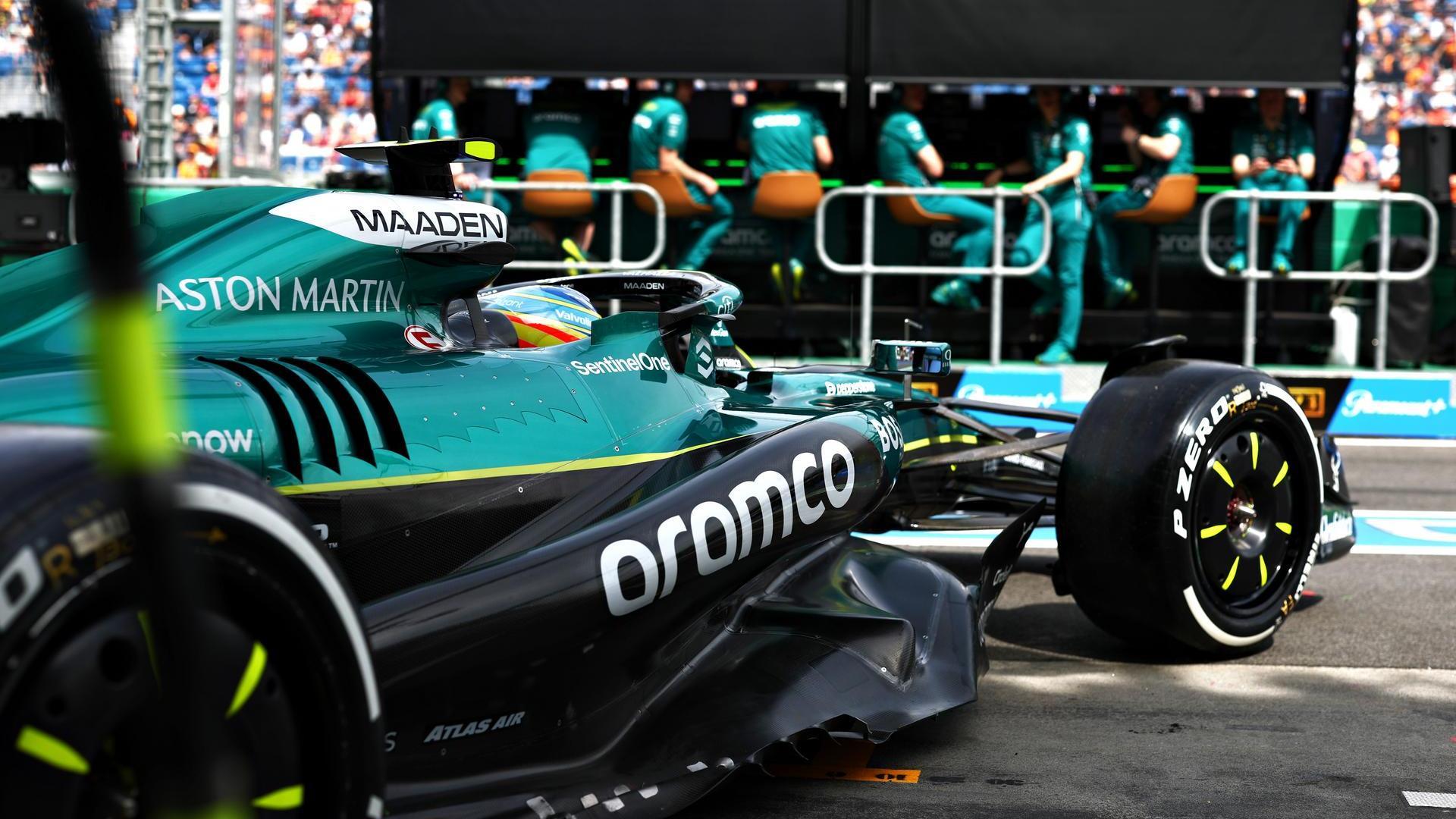
Sign up for a newsletter and we'll make sure you're fully up-to-date in the world of race technology
Silverstone, Great Britain
Length: 5.891 kilometres
Number of laps: 52
Number of turns: 18
“Silverstone is a difficult one as the cars have developed over time," says Wright. "Like Jeddah (Saudi Arabia), this is now a circuit where the drivers are actually closer to being at full throttle for much of the lap.
“The nature of the corners means that you're pretty close to being flat out - not in all the high-speed corners - but just the amount of time that you're off throttle has been reducing as the cars have developed.
“So that means you can't run a high level of rear wing.
.jpg?cx=0.5&cy=0.5)
Teams run low-downforce setups at Silverstone where high-speed sections are abundant, but efficiency is key due to the low-speed corners
“You've got to be efficient and you’ll aim for a setting that offers medium downforce, or less, to take on all these flat-out sequences such as the Maggotts-Becketts corners and Stowe towards the end of the lap, or Abbey that serves as Turn 1.
“You look at the track map and you say, ‘OK, I'm going to make sure I deal with those’, but actually, because the amount of time you can gain is limited through those corners, you have to think about the low-speed corners such as Village (Turn 3) and the penultimate Vale Chicane.
“In the end, you just end up with an unexpectedly long amount of low-speed, grip-limited time, which is not obvious at first glance.
“So again, Silverstone is really one of those circuits where you've got to have a car that is good in all areas and, of course, that is difficult.”
.jpg?cx=0.5&cy=0.5)
